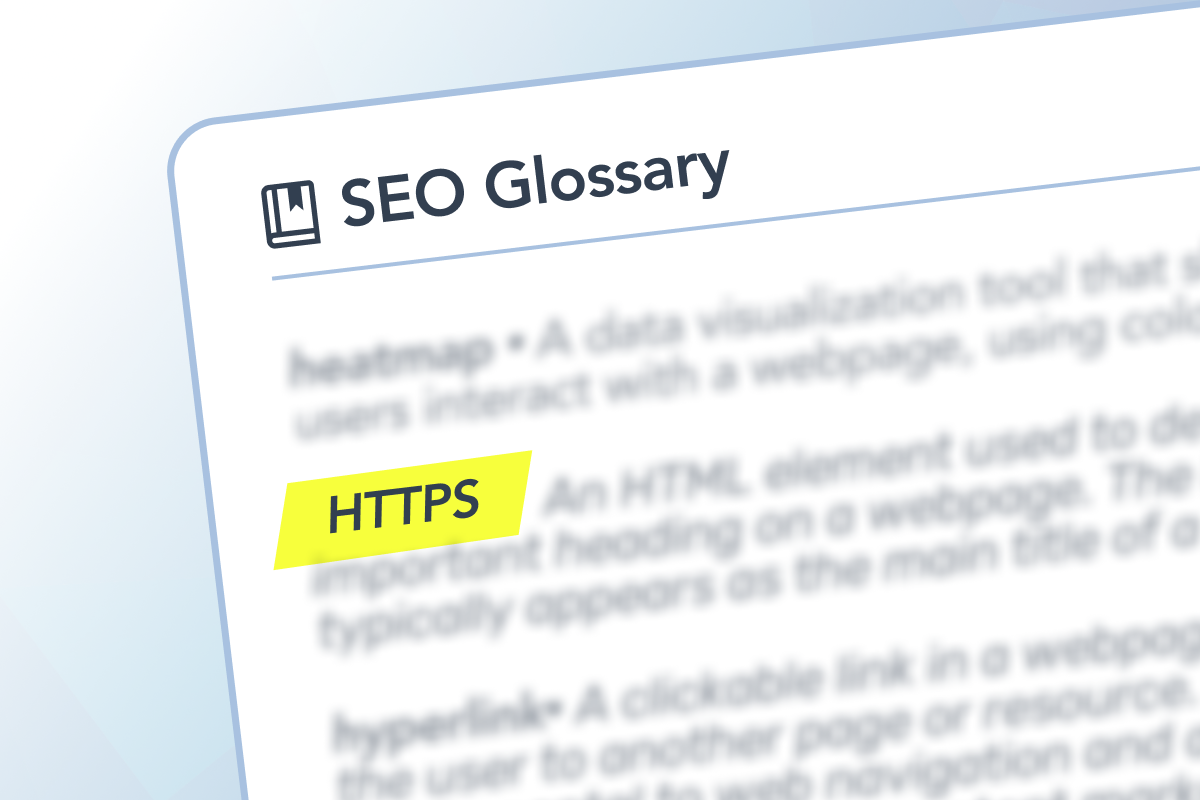Imagine you’re about to make an online purchase from your favorite store, eagerly adding items to your cart. As you prepare to check out, you glance at your browser’s address bar and notice a reassuring padlock icon followed by “https://”. This is HTTPS—securing your online transactions like a bank vault protects your money. It’s an essential part of ensuring that your personal information stays private and secure on the internet.
What is HTTPS?
HTTPS (HyperText Transfer Protocol Secure) is the secure version of HTTP, the protocol over which data is sent between your browser and the website that you are connected to. The ‘S’ at the end of HTTPS stands for ‘Secure’. It means all communications between your browser and the website are encrypted. HTTPS is often used to protect highly confidential online transactions like online banking and online shopping order forms.
Why is HTTPS important for SEO?
Search engines like Google stress the importance of security. Websites that use HTTPS receive a slight ranking boost as a reward. Here’s how HTTPS benefits SEO:
- Boosts ranking: Google has confirmed that securing your website with HTTPS is a factor in its ranking algorithm.
- Enhances user trust: Websites with HTTPS show a padlock icon in the address bar, signaling security to users, which can increase their confidence in your site.
- Improves website security: HTTPS protects the integrity and confidentiality of your users’ data, and websites that are secure help prevent intrusions.
Why is HTTPS important for users?
Beyond SEO, HTTPS enhances user experience and security:
- Data protection: HTTPS encrypts all data exchanged between a user and a website, protecting personal information from being intercepted by third parties.
- Authentication: HTTPS helps to verify that the website is the one the server it is supposed to be talking to, reducing the risk of man-in-the-middle attacks and the threat posed by site impersonation.
- Data integrity: It prevents data from being unnoticeably tampered with during its journey between the user and the site.
Implementing and maintaining HTTPS
Switching to HTTPS is an investment in your website’s future:
- Obtain an SSL/TLS certificate: This is necessary for enabling HTTPS on your web server.
- Set up the certificate: Install and configure the certificate on your website’s hosting setup.
- Enforce HTTPS: Ensure that all versions of your website redirect to the HTTPS version and that cookies are set securely.
- Keep your certification up to date: Regularly renew your SSL/TLS certificate and stay aware of new security practices.
By securing your site with HTTPS, you not only protect your users but also enhance your site’s trustworthiness and search ranking. Think of HTTPS as not just a security measure, but as an essential credibility badge for your digital presence.
